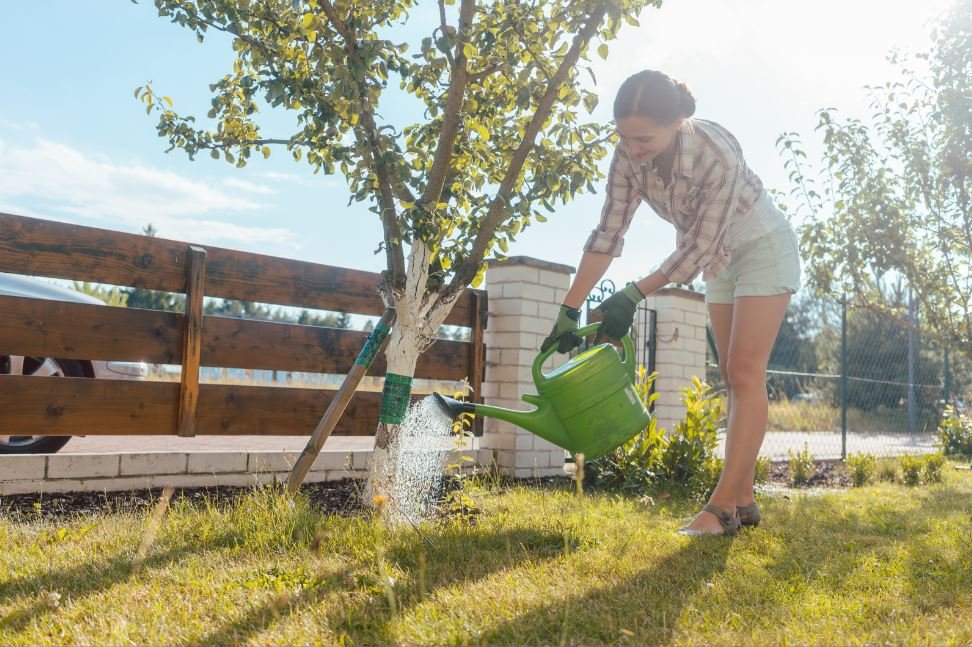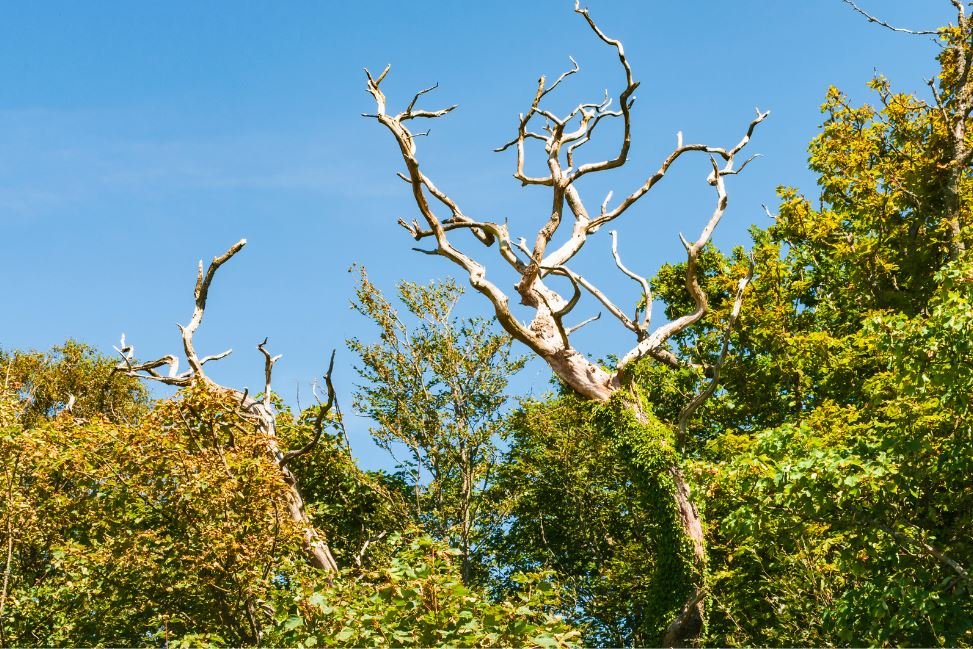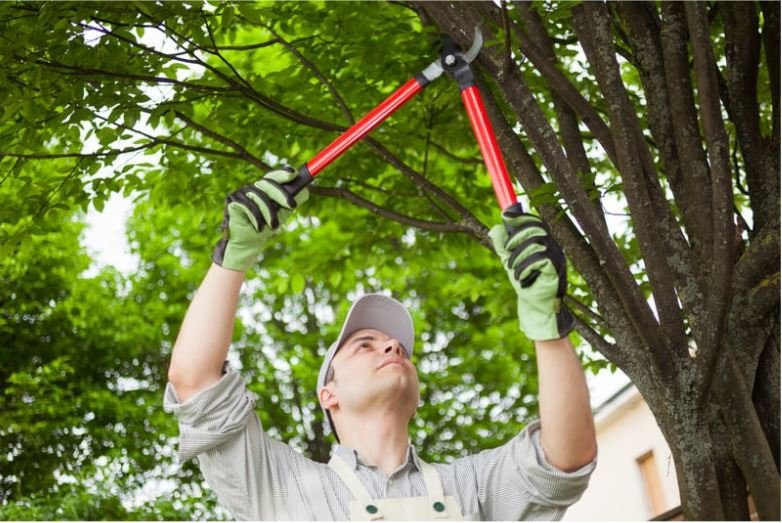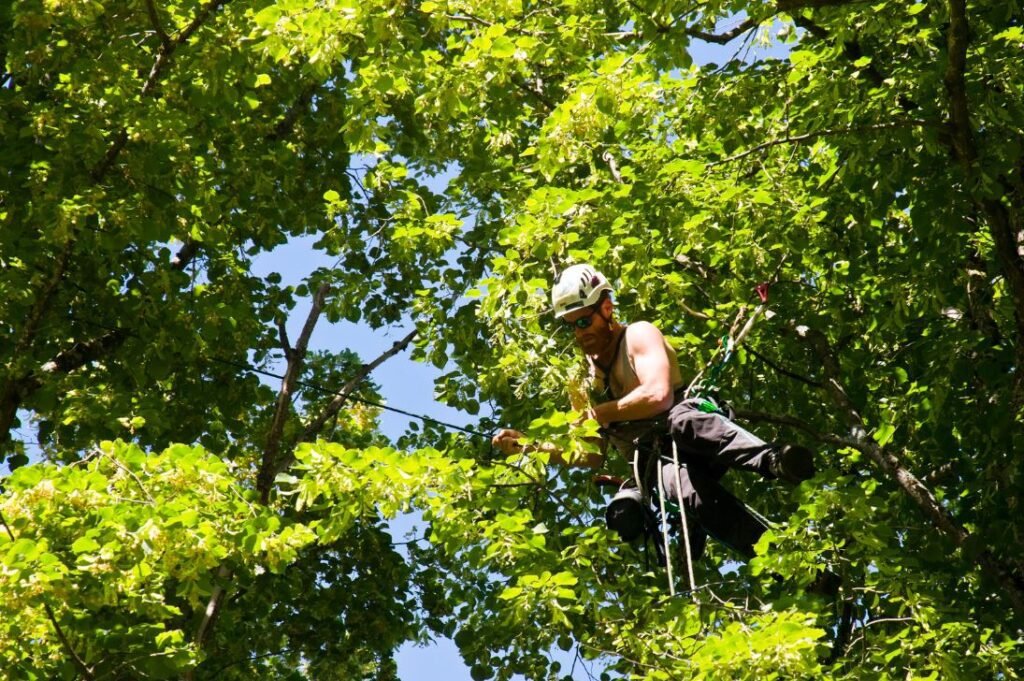The coldest season can damage and injure plants. This is the just-right time to take advantage of caring for your trees and plants.
The snow starts in a city keep an eye or be prepared on your surrounding suburbs and tree. Although trees are dormant in the winter season In Wintry conditions can be stressful on trees, especially newly-planted or young trees that lack mature in defense which can result in serious issues down the line. Here are some examples of how to protect your trees in this critical snow or wintry season. So you can ensure your trees are in good health this winter.
. Keep watering trees
On a regular schedule keep watering trees through fall until the ground freeze. Trees like their water slow and deep. In cold season water only when the temperature is above 40 degrees F. Be careful to apply water out to the edge of the trees root spread. Water your young trees every week and water your mature trees once a month. It’s especially significant to water planted trees to help them recover from the stress of a transplant.
. Cold stress
In winter due to snowfall or rough climate trees can be in stress. Cold weather forms a variety of stress that occurs when an old tree rapidly changes in temperature the day time warm and at night its cold drops. Often we saw in the outer bark or inner wood of the tree appearing damaged or crack.
. Drought in winter
During the wintry season, there are many trees susceptible to drying out .a tree faces a drought it must be a loss of water they absorb from the freeze ground or garden. If the windy atmosphere occurs the worsening condition, so make sure before the winter arrives keep watering your trees.
. Broken Branches
Heavy snow and ice can pile onto young branches and cause breaking. Tree branches are broken in the winter causing a safety hazard for you and your loved one. If a snow-laden branch is posing a hazard, that’s a different story. Broken or dead branches can fall without warning, especially when burdened with snow and ice. In this case, call a professional arborist to remove the branches safely.
. Rodents and Infestation
Rabbits and voles love to bite the bark on young trees. Typically they will consume outer and inner bark, exposing inner wood. If chewing damage occurs halfway around the trunk, The three likely won’t survive. As food becomes scarce outside, these critters will have no problem chewing the bark on your trees, damage occurs around the trunk, wrap the trunks with plastic tree guards. Once bark matures, the small critters stop chewing.





